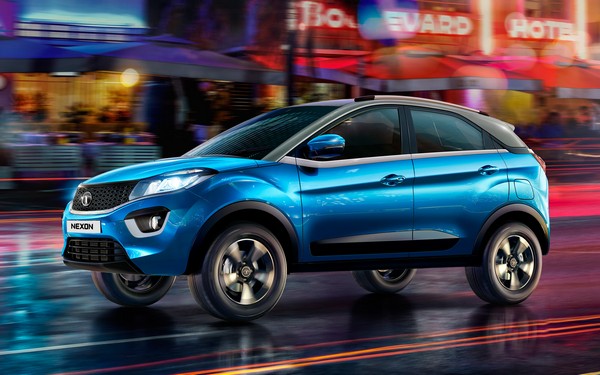Autos
Learn About Different Types Of Crash Tests Performed By A Business


One of the forms of destructive testing is a crash test that is performed to ensure secure design standards in terms of crash compatibility and crashworthiness for various different transportation modes or related components and systems.
What are the types of crash tests?
Crash tests are performed in a variety of ways in crash test lab. Some of them are described below:
Frontal-impact tests
This is one of the commonly asked tests when people think about crash tests. Vehicles generally influence a sturdy concrete-based wall at a definite speed. SUVs are singled out in frontal-impact test for some duration due to the height of ride that they mostly have.
Moderate overlap tests
In this type of test only a front portion of a car is impacted with a barrier. This barrier can be another vehicle. This test is important to be performed as impact forces more or less remain same like in case of a frontal impact test. Only a smaller portion of the automobile is needed to absorb the entire force. A moderate overlap test is mostly realized by cars that turn into oncoming traffic.
Small overlap tests
In a small overlap test, only a small segment of the structure of the car strikes an object like a tree or a pole, or when a car clips another vehicle. This is highly demanding test as it loads maximum amount of force onto the car structure at any provided speed. This test is mostly conducted at around 15 percentages to 20 percentage of the front structure of the vehicle.
Side-impact tests
Side-impact test examines the type of accidents that have an increased possibility of fatality. This is because cars don’t have a substantial crumple zone that absorbs the impact forces prior to getting an occupant injured.
Roll-over tests
This type of test checks the ability of the car to assist itself in dynamic impact. Recently, dynamic rollover tests are planned in place of static form of crash testing.
Roadside hardware crash tests
A roadside hardware crash test is carried out to ensure crash cushions and crash barriers that protect the occupants of vehicle from roadside hazards. It also ensures that light poles, sign posts, guard rails, and same kind of appurtenances don’t pose an unjustified hazard to the occupants of the vehicle.
Old versus new
This type of test is performed between big old cars against new small car. This test can also be done between two different car generations of the same model. All of these tests are carried out to show the progressions in crashworthiness.
Computer model
Due to the expense of complete scale crash tests, simulated crash tests are often performed by engineers run several computer models to hone the barrier or vehicle designs before performing live tests.
Sled testing
An affordable means to test components like seat belts and airbags are to perform sled crash testing. The commonest kind of sled system is reverse-firing sled that is fired from stationary and slowing sleds that accelerate from an origin point and halt in the crash region using a hydraulic ram.
Conclusion
These are some of the different types of crash tests conducted to test different aspects of the vehicle.
-

 Tech11 years ago
Tech11 years agoCreating An e-Commerce Website
-

 Tech11 years ago
Tech11 years agoDesign Template Guidelines For Mobile Apps
-

 Business6 years ago
Business6 years agoWhat Is AdsSupply? A Comprehensive Review
-

 Business10 years ago
Business10 years agoThe Key Types Of Brochure Printing Services
-

 Tech8 years ago
Tech8 years agoWhen To Send Your Bulk Messages?
-

 Tech5 years ago
Tech5 years ago5 Link Building Strategies You Can Apply For Local SEO
-

 Law5 years ago
Law5 years agoHow Can A Divorce Lawyer Help You Get Through Divorce?
-

 Home Improvement6 years ago
Home Improvement6 years agoHоw tо Kеер Antѕ Out оf Yоur Kitсhеn































